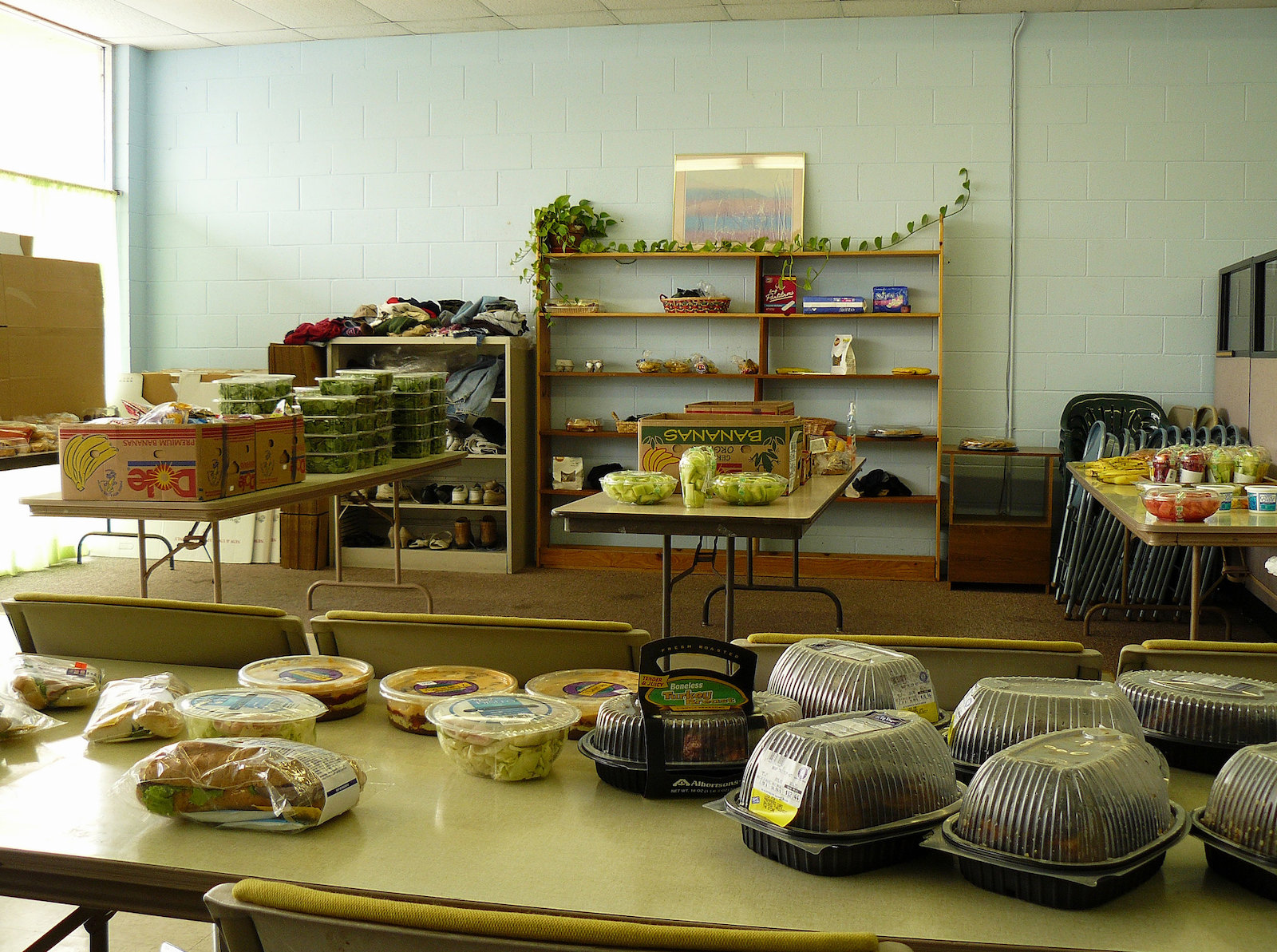Photo by Sac State Used under CC BY-NC 2.0 DEED
Food rescue organizations help connect food that would otherwise go to waste with people in need. The Food Rescue Locator is a comprehensive map of organizations working in this space. With recent updates thanks to our partners at the Food Recovery Network and Food Systems Collaborative Community, it has more listings than ever.
How food rescue helps with food waste
The scale of food waste in the U.S. is enormous - nearly 38% of U.S. food supply goes unsold or uneaten - driven mainly by waste from households and consumer-facing businesses. The EPA Wasted Food Scale highlights the importance of avoiding this waste in the first place, but where it occurs, it encourages ensuring that the food goes to people who need it rather than straight into the garbage.
Food rescue organizations do just that. They manage the logistical challenges of getting food that’s about to go to waste and making sure it reaches people who need it, for example, linking it with food banks and food pantries. This effort fills a key gap in our food system, addressing the jarring fact that while so much food goes wasted, 44 million Americans are going hungry, 13 million of them children.
What is the Food Rescue Locator?
The Food Rescue Locator is a searchable, location-based online directory which currently contains 325+ listings nationwide. Using the Food Rescue Locator, you can find organizations that accept food donations, and even those that will come pick them up. These organizations often rescue food from farms, packing & distribution centers, grocery stories, farmers’ markets, events, and more. Food can then be redistributed to food banks, shelters, soup kitchens, after school meal programs, senior programs, and more.
Back in 2021, we audited the map and data collection process with our partners at the Environmental Protection Agency, Food Rescue Alliance and the Food Law and Policy Clinic at Harvard Law School. Now, in 2023 and 2024, we’ve been working with the Food Recovery Network and Food Systems Collaborative to expand the reach and completeness of our map, adding more data and information to existing listings and adding new organizations so that it is as complete as possible.
The Food Systems Collaborative is a consultancy offering services at the intersection of social impact, food systems, and food policy. They also have created a thriving community for food systems professionals. The Food Recovery Network unites producers, suppliers, businesses, and students to recover surplus food and donate to feed hungry people.

Food rescued from a grocery store is made available at a Salvation Army in California. Photo by docentjoyce Used under CC BY 2.0 DEED
Get involved
If you are looking to get involved there are plenty of ways to use the food rescue locator to do so! You can find an organization near you and contact them to see if they need volunteers to drive, pack, or distribute food. If you run a business or have strong relationships with local businesses, you can donate surplus food. You don’t have to be a food business! Offices might donate food from events, for example. And finally, you can think about making a connection between your local food bank or soup kitchen and a food rescue organization on the list. If you want to learn more about food recovery as a practice, this incredible resource library is the place to start.
Next steps
Stay tuned for more growth! We’re so excited to be expanding together with our partners in order to expand our offerings and reach more people with food that would otherwise be wasted.
